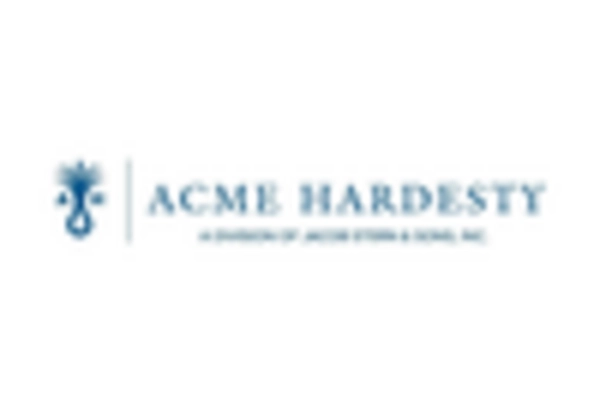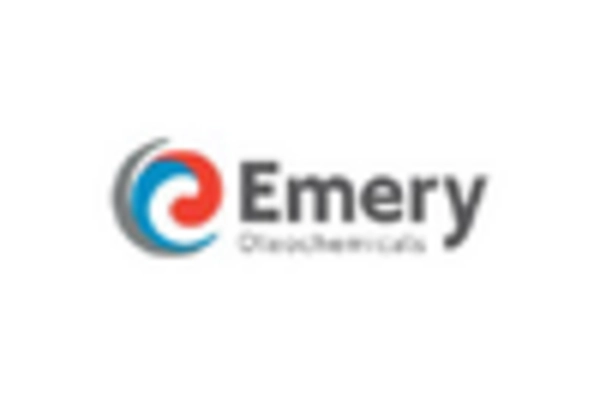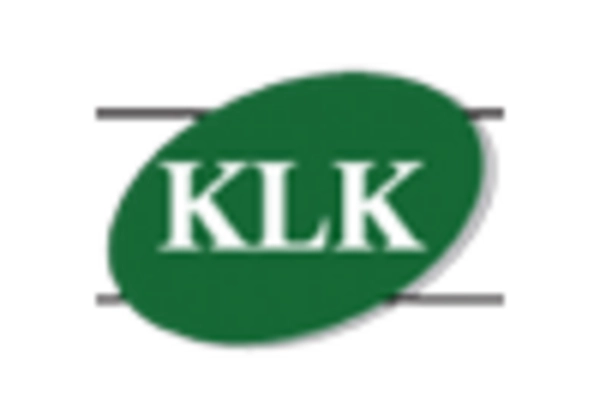Expansion of E-commerce Platforms
The rise of e-commerce platforms is transforming the way consumers access products, including those containing caprylic acid. Online retail channels are becoming increasingly popular, providing consumers with greater convenience and access to a wider range of products. In the US, e-commerce sales in the health and wellness sector are projected to grow significantly, potentially reaching $100 billion by 2026. This shift presents a unique opportunity for the caprylic acid market, as manufacturers can leverage online platforms to reach a broader audience and cater to the growing demand for health-focused products.
Growing Applications in Food Industry
The caprylic acid market is experiencing a notable increase in demand due to its diverse applications in the food industry. This fatty acid is recognized for its antimicrobial properties, making it a popular choice as a food preservative. In the US, the food sector is projected to grow at a CAGR of approximately 5% over the next few years, which could further drive the demand for caprylic acid. Additionally, its use in dietary supplements and functional foods is gaining traction, as consumers increasingly seek natural ingredients that promote health. The caprylic acid market is likely to benefit from this trend, as manufacturers adapt to meet the evolving preferences of health-conscious consumers.
Rising Interest in Natural Ingredients
There is a growing trend towards the use of natural ingredients in various sectors, including food, cosmetics, and pharmaceuticals. The caprylic acid market is poised to capitalize on this shift, as consumers are increasingly wary of synthetic additives. In the US, the natural personal care market is expected to reach $25 billion by 2027, indicating a robust opportunity for caprylic acid as a natural emulsifier and preservative. This inclination towards clean-label products suggests that the caprylic acid market may see a surge in demand as brands reformulate their products to align with consumer preferences for transparency and sustainability.
Regulatory Support for Natural Preservatives
The regulatory landscape in the US is becoming increasingly favorable for natural preservatives, which bodes well for the caprylic acid market. Regulatory bodies are recognizing the safety and efficacy of natural ingredients, leading to a shift away from synthetic preservatives. This trend is particularly relevant in the food and cosmetics sectors, where consumer demand for safer alternatives is rising. As regulations evolve to support the use of natural preservatives, the caprylic acid market is likely to see enhanced growth opportunities, as manufacturers seek compliant and effective solutions to meet consumer expectations.
Increased Research and Development Activities
The caprylic acid market is likely to benefit from heightened research and development activities aimed at exploring new applications and enhancing product formulations. With advancements in technology, researchers are investigating the potential of caprylic acid in various therapeutic areas, including its role in combating infections and supporting gut health. The US government has been investing in health-related research, which may lead to innovative uses for caprylic acid. As new findings emerge, the caprylic acid market could witness an influx of novel products, thereby expanding its market reach and applications.

















Leave a Comment